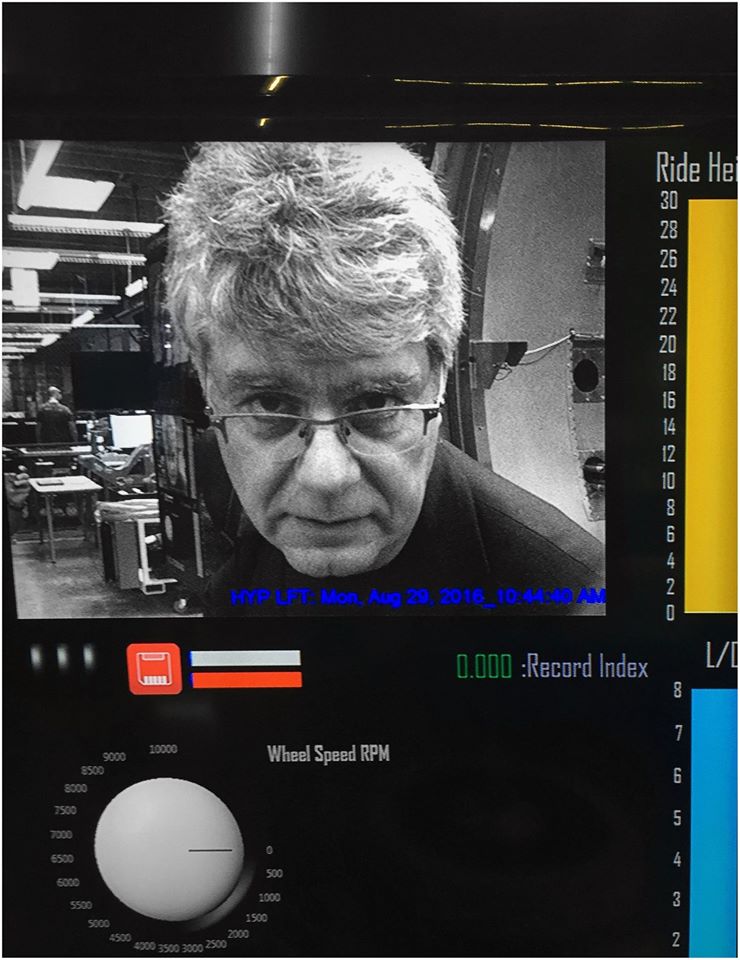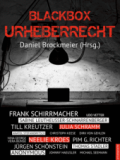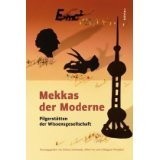Hier hatte ich ja schon einmal das Thema Akupunktur und Wissenschaft aufgegriffen. In der aktuellen Online-Vorabausgabe von Nature Neuroscience ist nun in der Tat eine Studie veröffentlicht, die nicht nur eine Wirkung für die akuten Nadelsticheleien bezeugt, sondern auch einen Wirkmechanismus erklärt, der allerdings bisher nur an Mäusen nachvollziehbar ist (was aber den Vorteil hätte, das der Placebo-Effekt dabei vermutlich weniger eine Rolle spielen dürfte):
Acupuncture triggers adenosine and ATP metabolites release
(a) Representative HPLC chromatograms before, during and after acupuncture. The samples were collected by a microdialysis probe implanted in close proximity to the Zusanli point. Standards of adenosine, AMP, ADP and ATP (0.3 μM each) are shown on top. (b) Time course of purine release in response to acupuncture. (c) Histogram summarizing the mean concentrations of adenosine, AMP, ADP and ATP during baseline nonstimulated conditions, as well as during and following acupuncture (*P < 0.05, **P < 0.01, paired t test compared to 0 min, n = 8). Error bars indicate s.e.m.
Ich zitiere hier mal aus der Erklärung, die im Diskussionsteil des Papers gegeben wird:
Although acupuncture has been practiced for over 4,000 years, it has been difficult to establish its biological basis. Our findings indicate that adenosine is central to the mechanistic actions of acupuncture. We found that insertion and manual rotation of acupuncture needles triggered a general increase in the extracellular concentration of purines, including the transmitter adenosine (…), which is consistent with the observation that tissue damage is associated with an increase in extracellular nucleotides and adenosine. Because the anti-nociceptive effects of peripheral, spinal and supraspinal adenosine A1 receptors are well established, we asked whether peripheral injection of an A1 receptor agonist suppressed hyperalgesia(…). We found that the A1 receptor agonist CCPA sharply reduced inflammatory and neurogenic pain and that suppression of pain mediated by acupuncture required adenosine A1 receptor expression (…). These findings suggest that A1 receptor activation is both necessary and sufficient for the clinical benefits of acupunctures. To the best of our knowledge, adenosine A1 receptors have not previously been implicated in the anti-nociceptive actions of acupuncture.
Um die Studie wissenschaftlich zu bewerten, fehlt mir das akademische Rüstzeug (was aber kein Grund ist, sie hier nicht zur Diskussion zu stellen). Aber so weit ich sie verstehe, sind folgende Aspekte bemerkenswert:
– Durch Nadeln, die den Versuchsmäusen 30 Minuten lang in die Beine gestochen und alle fünf Minuten vorsichtig gedreht wurden, stieg die Adenosin-Konzentration im Gewebe um etwa das 24-Fache; dies ging auch mit einer messbaren Reaktion im anterioren Cingulum (Anterior Cingulate Cortex) einher.
– Dieser Effekt wurde an Mäusen kontrolliert, denen genetisch bestimmte Adenosin-Rezeptoren fehlen.
Mit weiteren Details bin ich allerdings überfordert. Dennoch denke ich, dass eine Aussage wichtig ist, die ich so zwar nicht in dem Text finde, die man aber aus diesem Paper herauslesen kann: Es ist zwar ein Nachweis, dass es eine physiologische und schmerzrelevante Wirkung von Nadelstichen gibt – die Akupunktur als ein esoterisches System von Meridianen als Leitungssystemen der Lebensenergie ist dadurch aber keineswegs bestätigt. Will heißen: Selbst wenn es unbestreitbar wäre, dass Nadelstiche Schmerzen lindern können, wäre der Heilungsanspruch der Akupunktur (der ja weit über die Schmerzbekämpfung hinaus geht) nicht belegbar.





Kommentare (16)